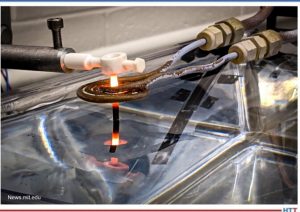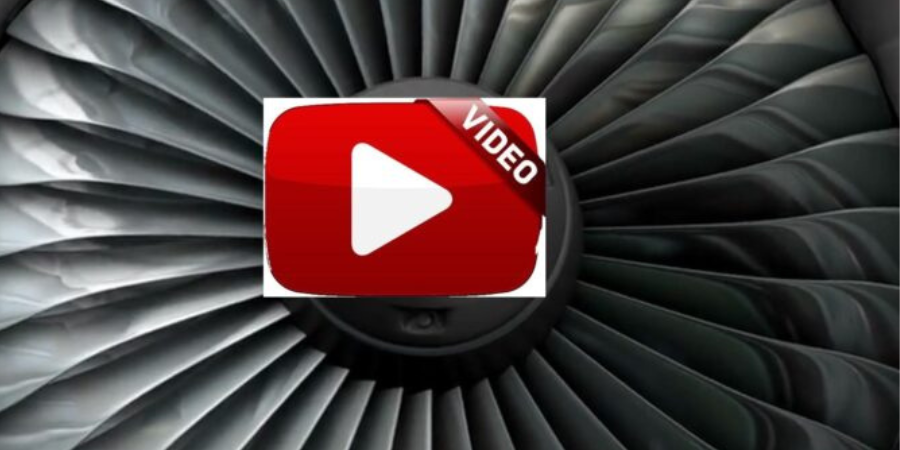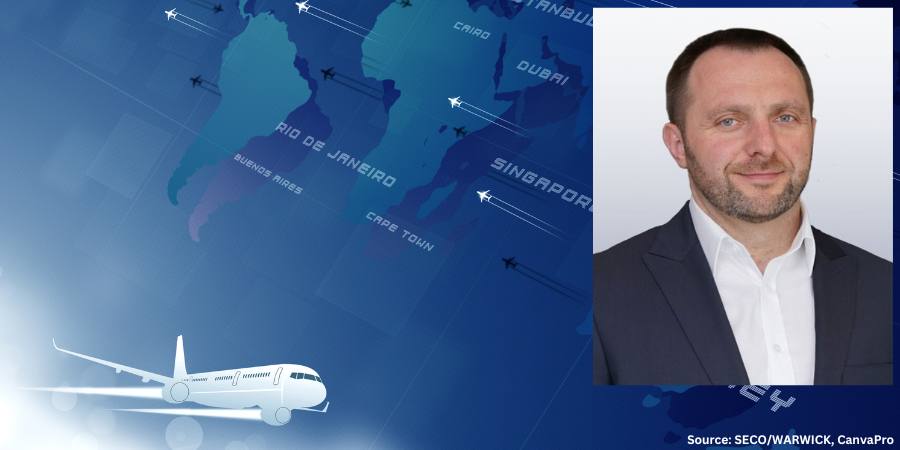
Sometimes our editors find items that are not exactly "heat treat" but do deal with interesting developments in one of our key markets: aerospace, automotive, medical, energy, or general manufacturing. To celebrate getting to the “fringe” of the weekend, Heat Treat Today presents today’s Heat Treat Fringe Friday press release: a look at the future of heat treating and 3D printing in aerospace engines and energy turbines.
Find out more about the possibilities of bringing additive manufacturing and heat treating turbine and engine components; and read on to see what's happening at MIT.
A new MIT-developed heat treatment transforms the microscopic structure of 3D-printed metals, making the materials stronger and more resilient in extreme thermal environments. The technique could make it possible to 3D print high-performance blades and vanes for power-generating gas turbines and jet engines, which would enable new designs with improved fuel consumption and energy efficiency.

There is growing interest in manufacturing turbine blades through 3D-printing, but efforts to 3D-print turbine blades have yet to clear a big hurdle: creep. While researchers have explored printing turbine blades, they have found that the printing process produces fine grains on the order of tens to hundreds of microns in size — a microstructure that is especially vulnerable to creep.

Boeing Career Development Professor in Aeronautics and Astronautics
MIT
Zachary Cordero and his colleagues found a way to improve the structure of 3D-printed alloys by adding an additional heat-treating step, which transforms the as-printed material’s fine grains into much larger “columnar” grains. The team’s new method is a form of directional recrystallization — a heat treatment that passes a material through a hot zone at a precisely controlled speed to meld a material’s many microscopic grains into larger, sturdier, and more uniform crystals.
“In the near future, we envision gas turbine manufacturers will print their blades and vanes at large-scale additive manufacturing plants, then post-process them using our heat treatment,” Cordero says. “3D-printing will enable new cooling architectures that can improve the thermal efficiency of a turbine, so that it produces the same amount of power while burning less fuel and ultimately emits less carbon dioxide.”

Oxford University
MIT
“We’ve completely transformed the structure,” says lead author Dominic Peachey. “We show we can increase the grain size by orders of magnitude, to massive columnar grains, which theoretically should lead to dramatic improvements in creep properties.”
Cordero plans to test the heat treatment on 3D-printed geometries that more closely resemble turbine blades. The team is also exploring ways to speed up the draw rate, as well as test a heat-treated structure’s resistance to creep. Then, they envision that the heat treatment could enable the practical application of 3D-printing to produce industrial-grade turbine blades, with more complex shapes and patterns.
“New blade and vane geometries will enable more energy-efficient land-based gas turbines, as well as, eventually, aeroengines,” Cordero notes. “This could from a baseline perspective lead to lower carbon dioxide emissions, just through improved efficiency of these devices.”
Cordero’s co-authors on the study are lead author Dominic Peachey, Christopher Carter, and Andres Garcia-Jimenez at MIT, Anugrahaprada Mukundan and Marie-Agathe Charpagne of the University of Illinois at Urbana-Champaign, and Donovan Leonard of Oak Ridge National Laboratory.
This research was supported, in part, by the U.S. Office of Naval Research.
Watch this video from Thomas to see a visual of some of the heat treating advances.
 Find heat treating products and services when you search on Heat Treat Buyers Guide.com
Find heat treating products and services when you search on Heat Treat Buyers Guide.com








